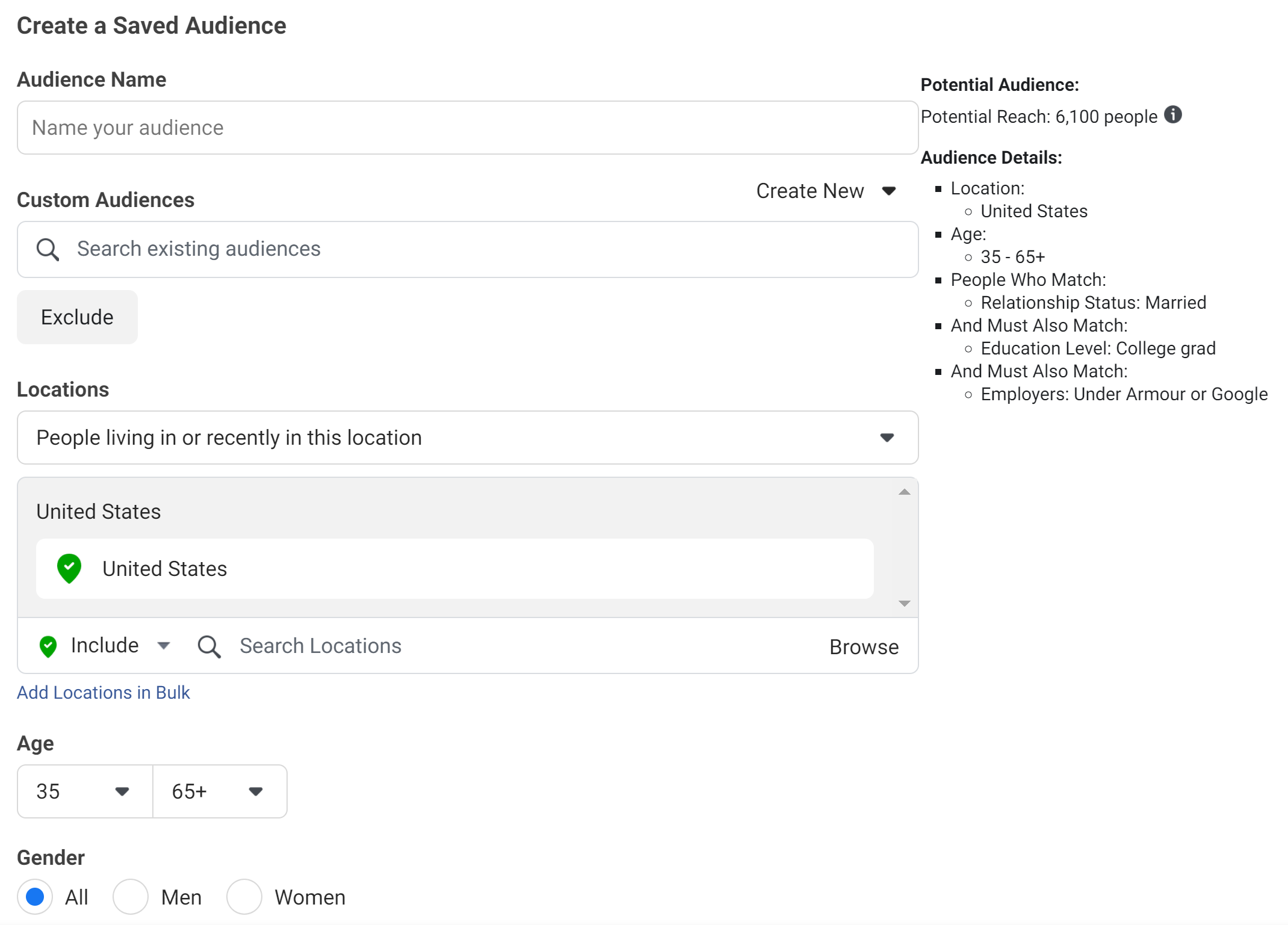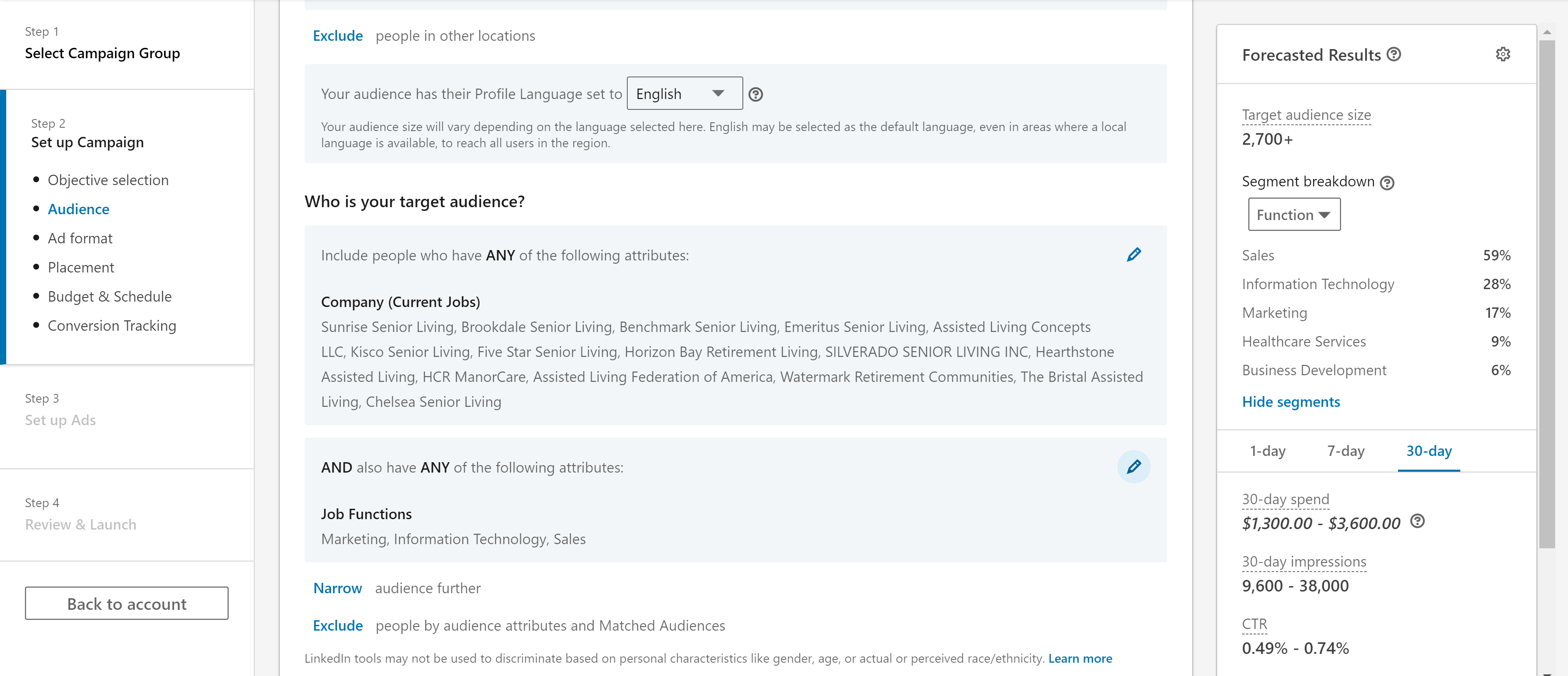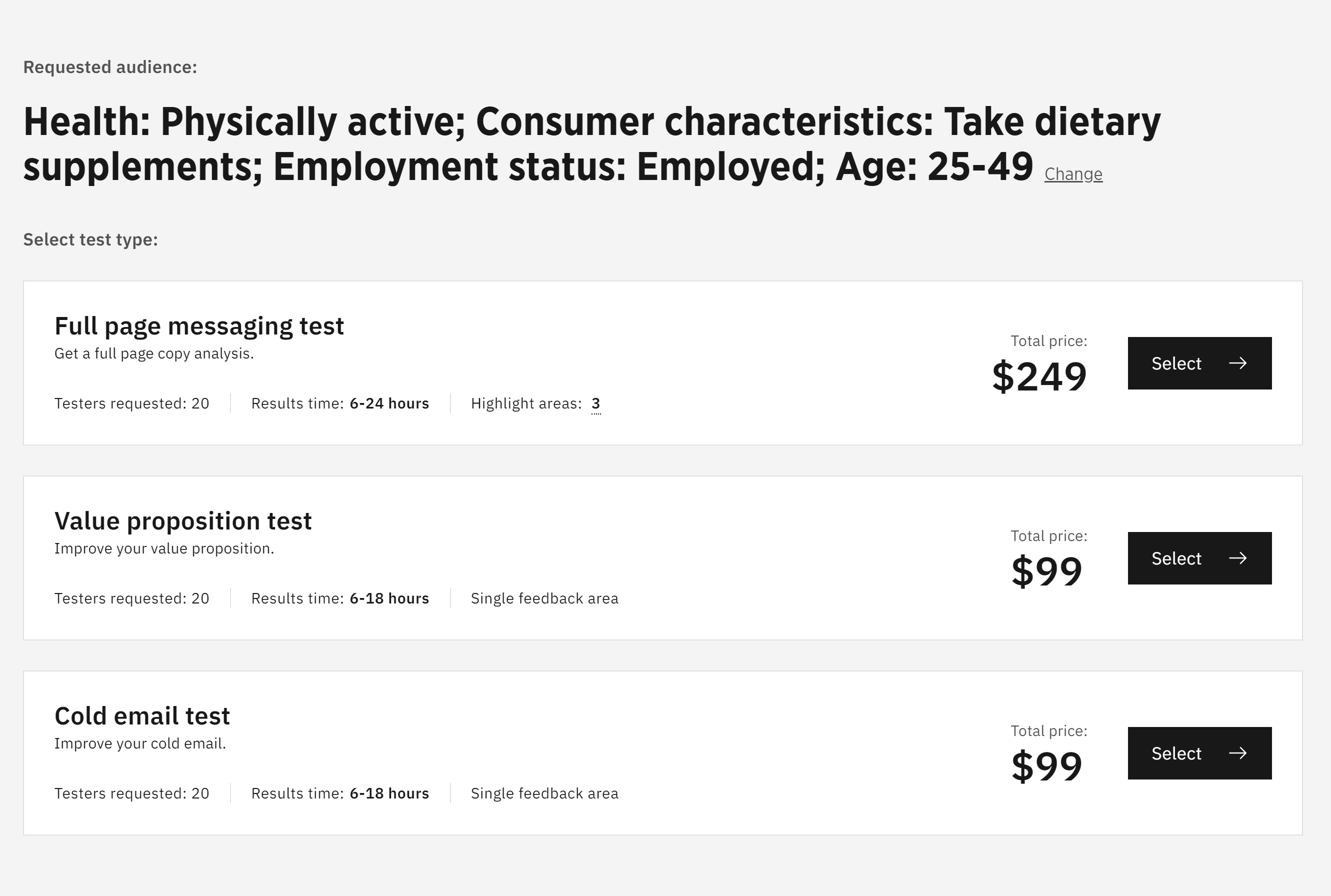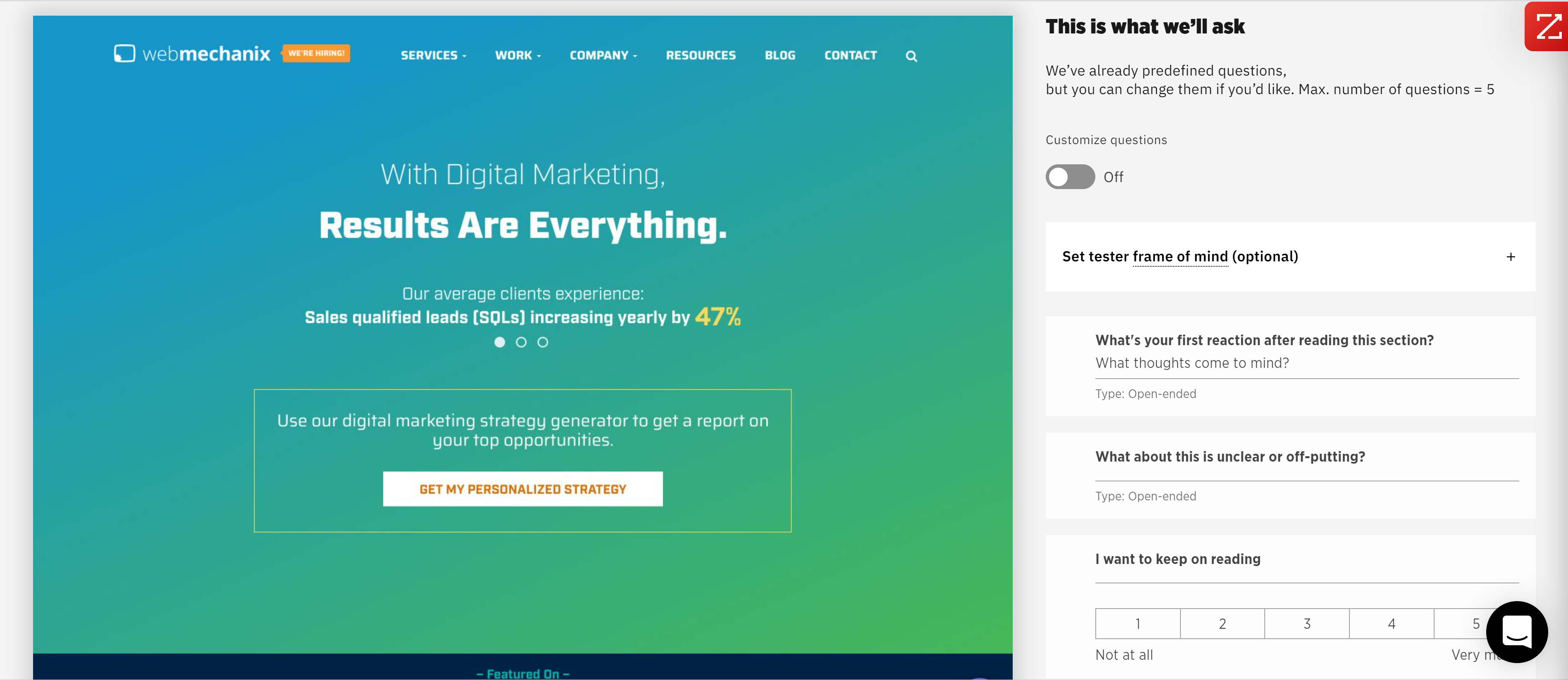
Not Testing Your Value Propositions? [Smart Brands STILL Doing Dumb Stuff In 2021]

In life, people pass judgment in any situation based on the perceived value of the information being observed.
And for good reason…
It’s impossible to pay attention to everything (without going absolutely insane). As advertisers, it’s important that we’re always considering what the target market places the most value on.
============================
Your target market (and customers a lot of times) determine value through reasoning like…
- “Why should I pay you any attention?”
- “Why should I give you any money?”
- “What value will this add to my experience?”
- “Get to the point, I got shit to do!”
Maybe not in those exact words, but you get the idea.
Most brands realize this and have a stated value proposition (or at least a strong idea for what differentiates them from competitors). But in more cases than you would believe, the statement itself is vague, under-utilized, unmeasurable, untested, or all of the above.
Understand: I’m not talking about dumb companies or dumb people. These are brilliant thinkers that are just so busy that they’re overlooking this key block and tackle activity.
So this one goes out to you, Ms. Brand Evangelist.
You’ve got 3 insertion orders on your desk, a to-do list that consists of gathering all necessary creatives (or re-building them to publisher specs), analyzing campaigns that flew two weeks ago, calling your PPC vendor and preparations for the meeting next week with your CMO.
I feel your pain, believe me I do. And my hope is that this post provides a simple, quick, proven methodology for validating your hypotheses regarding brand value positioning. It can also be used as a framework for testing new ideas with social media advertising tools.
If you follow the steps in this guide, you’ll be posting meaningful gains throughout all your campaigns (online, print, TV, radio, whatever) faster than you can say “Where’s my ROI?”
But first, here’s what NOT to do
Every day I hear companies declare, “We want to run ads on Google,” as if that’s the end of the story. Or better yet, companies will say, “We’re rebranding and redesigning our whole web presence,” looking all proud like they’re cutting-edge. A little questioning reveals that they have no idea how their current site or brand is contributing to meaningful business results.
“Dude… You’re not cutting-edge.”
In fact, you’re headed on a one-way express trip to performance hell, difficult encounters with the HIPPO (highest-paid person in the room’s opinion), demotions, taking orders from interns, and having your stapler stolen.
Anyone endeavoring on any type of (potentially expensive) exercise like advertising, re-branding, competitive positioning, defining company mission statement and core values, etc. better have a strong grasp on what their customers value and how to transcend value to delight customers.
What the heck’s a value proposition anyway?
Honestly, I don’t know the fancy-shmancy Harvard definition of value proposition and no, I’m not running to the Goog to look it up. Screw that noise. Instead, I’ll just share with you a simple, useful definition of value proposition:
The reason your customers buy from you.
This piece is not about how to develop a value proposition. It’s not about interviewing your customers or focus groups or competitive research. It’s not about developing some elaborate statement to hang on the wall and it’s not about taking your executive team to Maui for a week to sit and meditate with some far-out branding consultant dude that’s going to get you back in touch with your inner feelings about your business.
Forget that noise.
This piece is about how to test one or more value propositions so that you can measure specifically how they resonate with your intended audience(s) BEFORE you stroke a check for quarter million bucks on an ad campaign that flounders and flops.
Let’s skip that for now and get some good old-fashioned performance data, baby.
How to test your value proposition for less than $5,000
Stuck in between two or more value propositions? Not really sure which works best? Tired of paying big consulting fees for fru-fru “feelings” & such? Want some cold hard data to wrap your head around?
Here’s what you do…
1. Choose your audience.
You’re gonna need impressions and clicks, the more the better (hopefully you’ll also get a conversion or two). Where you gonna’ get ‘em from?
Not all audiences & targeting methods are created equal.
I personally prefer using social media advertising channels (particularly Facebook & LinkedIn) for this type of test, as opposed to the more traditional Google AdWords or Bing Ads. There is a dizzying array of social media sites available and most of them offer self-service advertising platforms.
Why? Demographics, baby! The targeting capabilities with Facebook & LinkedIn are just ridiculous (it’s almost unfair).

For most B2C marketers, Facebook should be the first to test. Facebook makes it easy for advertisers to target by geography, age, gender, topics liked, companies / organizations liked, employers, interests, schools attended… You name it and the option is probably there.
If you choose the “Create New Audience” option highlighted in red, you can actually upload a list and do a form of CRM retargeting. This would be awesome in the event that you say, wanted to show ads only to customers that have made purchases in the last year, or perhaps customers that haven’t made purchases in the last year.
For most B2B marketers, LinkedIn should be the first to test. LinkedIn allows advertisers to easily target by geography, age, gender, industry / vertical, employer, group membership, job title, functional discipline, seniority level… Lots of possibilities.

(Are you not getting super-excited right now? I am!)
It’s critical to keep experiments simple and statistically valid. That means minimizing the number of variables between campaigns and the degree of variance among elements receiving campaign-specific treatments (this will make more sense as you keep reading).
Choose only one audience to expose to your value propositions to. Make sure you choose a wide enough audience, otherwise you’ll be waiting forever for actionable results.
As you’re selecting criteria, you’ll see a dynamic number that indicates the number of users included in a given criteria set. Play around with the targeting tool until you have 2,500 users at the very least. Preferably try to get over 10,000 relevant users.
2. Choose your value propositions & offers.
Value propositions generally take one of a few forms:
Price – sounds like “We’re cheaper than the other guys!”
I’m generally not a fan of differentiating on price because it’s so powerful. Buyers like bargains, that’s pretty much universal. That may sound good in theory… Until you look back a few years later and you have a bunch of price-sensitive customers that will leave your ass in a minute if / when your competitor runs a promo.
Price-based value propositions are best used in the B2C space.
Geico Insurance uses a classic price value proposition that you’ve likely committed to memory: “In 15 minutes you can save 15% or more on car insurance”.
Amazon is another example. They take sort of a blended approach where they’re implying their prices are lower, but also indicating that you’ll still get more bang for your buck & therefore they’re superior in that way too. They go all in on this with the slogan, “Spend less. Smile more”.
Quality – sounds like “Our stuff’s just better than the other guy’s”
Quality-based value propositions run rampant in both B2C & B2B marketing. You are familiar with these. Think Ruth’s Chris, Apple Computer, Hilton or my personal favorite, BASF. Look how blatantly quality-based this one is…
Convenience – sounds like “This will make your life easier”
The last major type of value proposition revolves around convenience — saving the customer time and/or reducing discomfort or stress typically associated with chores. Think Staples with their “Easy” button, right?
Staples doesn’t say, “Our staplers are simply way better than Office Depot’s!” Neither do they say, “We’re rolllling back prices like Wal-Mart!”
No. They say, “We will make your life easier.”
Ok, you get the idea. Onward!
3. Gather qualitative data.
But wait — don’t create ads just yet!
We’re in the 2020’s now & have some new / better tools to make sure we’re only testing the most badass value propositions. (In other words, the ones that have the highest potential of winning customers.)
New message testing tools like Wynter allow you to get feedback on your value prop directly from the exact customers who you want to buy from you (B2B OR B2C). And you can do it on the cheap — prices for a panel range from a couple hundred bucks to a couple thousand for a premium audience (think CXOs & business leaders.)
In fact, I recently interviewed the founder of Wynter, Peep Laja, on our podcast. (Spoiler alert: brands STILL aren’t testing their value props in 2021.)
But by using this tech to solicit direct feedback on your value prop, you learn can what’s most likely gonna work with your target audience —before you put it into market. Even better, you can test it on things like:
- Website copy
- Search & social ad copy
- A/B test variants
- Cold email copy
- & more
So you’re probably thinking, “Okay… how does it work?” Turns out it’s pretty simple.
First, you choose what type of audience you want feedback from (i.e. consumers or businesses.)

Second, you select the audience parameters. If B2C, this will be stuff like age/gender/location/interests/income/etc. If B2B, you can select things like job title/function, industry, seniority, etc.

Third, you select what you want to test (e.g. a value prop, full page of messaging, an email, etc.)

Third & finally, you select the specific webpage URL or image you want your panel to provide feedback on. Then you setup the specific questions you want answers to (e.g. “What did you like / dislike the most about our value proposition?”)

After running one of these panels & getting 10-30 responses from your target buyer, you’ll have a pretty clear picture of what they think of your value prop.
This means when you start testing with ads, you can go to bat with 1-2 variables you know will have a good chance of hitting the mark. It’s like knowing which hill the gold is buried in before you dig.
4. Setup the campaigns.
You’ve chosen your targeting platforms (i.e. Facebook / LinkedIn / AdWords, etc.) and target audiences. You’ve identified & audience-validated two or more value propositions to test. You’ve covered the HIPPO (i.e. highest-paid person in the room’s opinion) and gained permission to go live. Now what?
Create different ads for each value proposition type you want to test.
Suppose you want to test quality (i.e. “Our stuff is better”) vs. price (i.e. “We’re more cost-effective). You need at least one ad that speaks to each. If your audience is larger than 10,000 users, you can use two ads per value proposition type. So if you’re testing two different value propositions with a substantial audience size, you’ll need four ads.
Create different landing pages for each value prop type.
Using the example above, you’d need two landing pages. Landing pages should be as similar as possible while effectively getting the different messages across. For best results, use a dominant headline and sub-heading as the landing page test elements. Leave the offer and conversion form largely the same if possible. Reducing the number of variables leads to more meaningful test results.
Ensure conversion tracking is working, run QA, gain approval & let it rip!
You should start getting results pretty much immediately. Be sure to check the campaigns at least a few times weekly to make sure they’re getting sufficient volume. You should try to get at least 50 clicks daily, but again, the more the better. If you’re not getting at least 50 clicks per day, consider increasing budgets, increasing max cost-per-click bid, or increasing audience size.
Remember, any changes you make in one campaign should be mimicked in other campaigns for validity.
See? That wasn’t so hard! Now even if you do hire a marketing company, at least you have a point of reference. You can save a lot of money by telling a branding consultant, “Here are our test results & here’s what we’d like to do” than by telling them, “We have no data & no idea what we’re doing… Help!”
Have you used a system like this to test value propositions or brand promise / messaging? Are you trying to implement something like this and having difficulty?
I’d love to hear your trials and tribulations. Don’t be shy, just pour your heart out in the comments section below. I’ll be sure to monitor and help you if you’re having trouble / congratulate you if you’re celebrating a victory moment.
Happy testing!
-Chris Mechanic
Most newsletters suck...
So while we technically have to call this a daily newsletter so people know what it is, it's anything but.
You won't find any 'industry standards' or 'guru best practices' here - only the real stuff that actually moves the needle.
You may be interested in:
Micro-Testing Your Marketing
January 25, 2023






